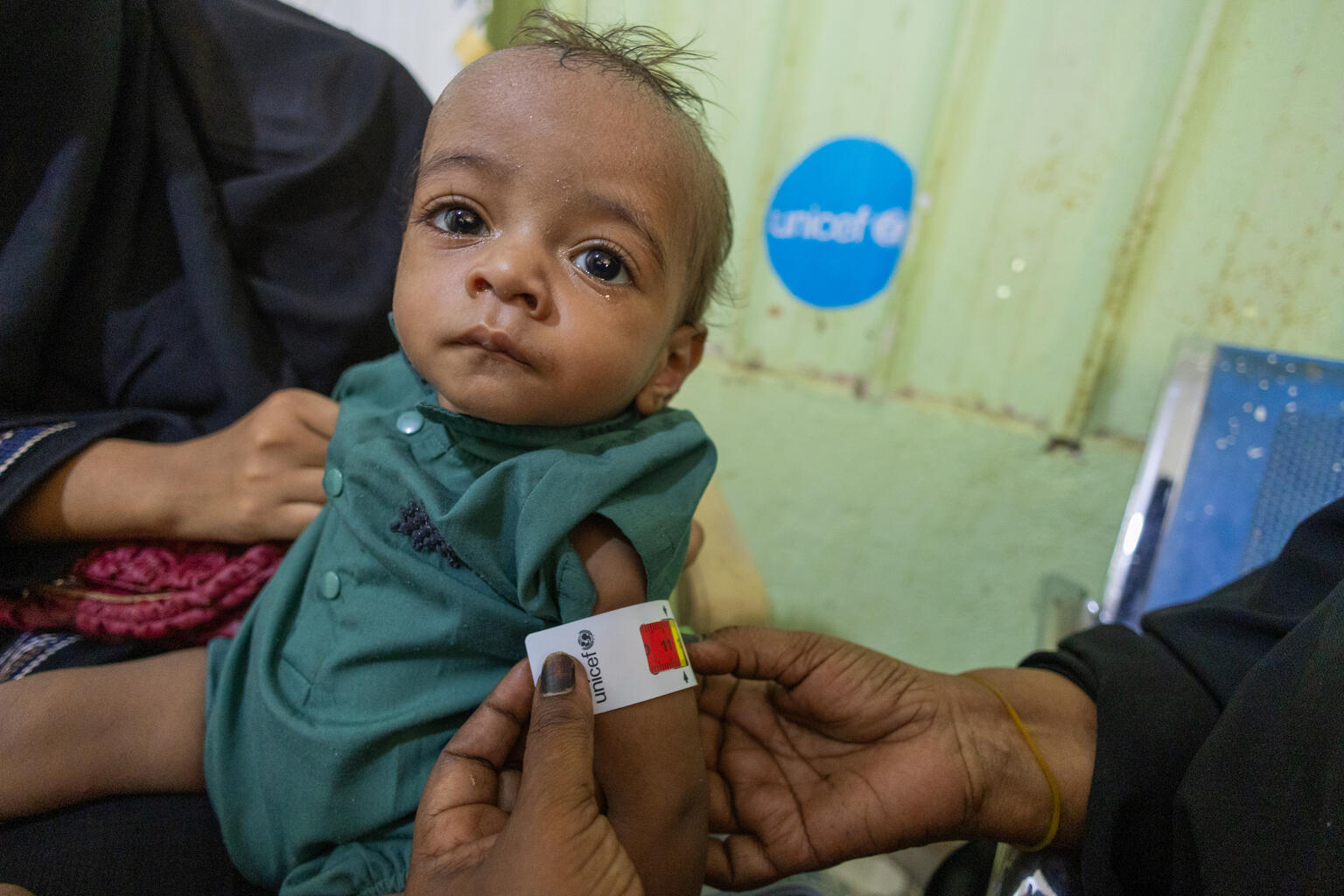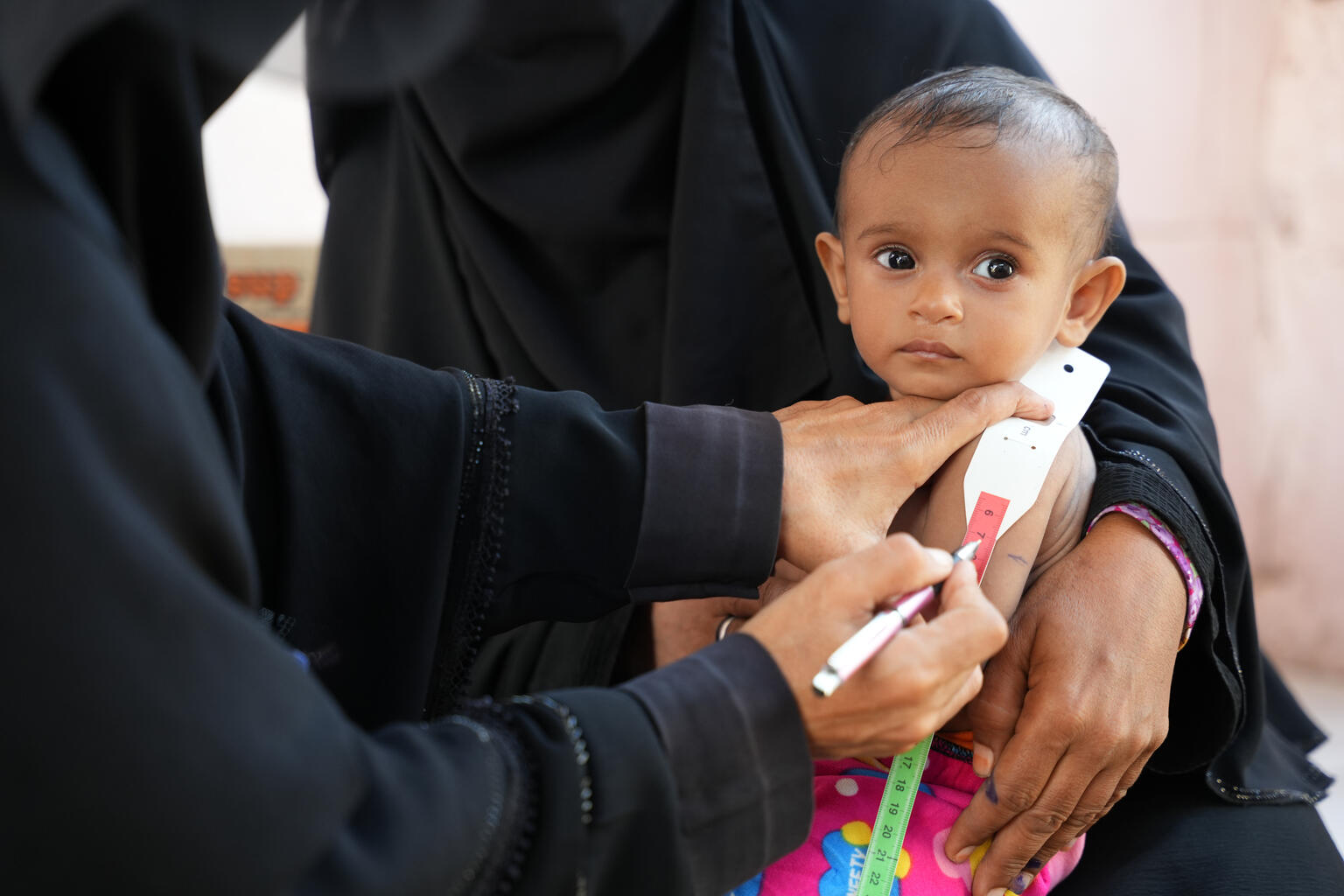What is malnutrition?
Malnutrition is when a person doesn’t get the right amount of nutrients, like calories, protein, vitamins, and minerals. In 2023, 2.33 billion people faced such moderate or severe food insecurity. This includes over 864 million people who went without food for an entire day or more at times.
For children, malnutrition is especially dangerous and can lead to serious health problems, including death. Globally, one in four children are living in severe child food poverty in early childhood, amounting to 181 million children under 5 years of age. An estimated 45 per cent of all deaths in children under 5 are caused by child hunger and malnutrition.

Why children are more vulnerable to malnutrition
Children are more vulnerable to malnutrition because their bodies and brains are still growing and they have greater nutritional needs than adults. They need more nutrients than adults to develop properly. If children don’t get enough food during critical stages of growth, it can affect them for the rest of their lives.
The most important time for good nutrition is the first 1,000 days from the start of a woman’s pregnancy to a child’s second birthday, often called the “golden window.” During this time, nutrition affects a child’s physical and mental development. More than four out of five child deaths – 81.5 per cent – occur before the age of 2 years, illustrating the crucial important of interventions at this stage of a child’s life.
Children with severe wasting are also at much higher risk of death because it increases the likelihood of dying from common childhood infections such as diarrhea, pneumonia, malaria, and measles. When children don’t get enough food, even these common illnesses can become deadly. Sadly, children die from preventable diseases at much higher rates than adults.
This is the case for instance in Gaza, where nearly 1 in 5 children suffer from wasting, the most life-threatening form of malnutrition. Things are so bad there is even the threat of famine: a rare and catastrophic condition of extreme hunger. In Gaza, 60,000 children under five years old are predicted to suffer from acute malnutrition – with 12,000 severe cases – in the coming year.

Long-term effects of malnutrition on children
The effects of malnutrition can last a lifetime. When children don’t get the right nutrients, their immune systems become weaker. They are more likely to get sick and may have trouble recovering from common illnesses. Malnourished children are also at risk of not growing properly, which can lead to stunted physical and mental development. This means they might struggle in school and face difficulties later in life.
In fact, nearly half of deaths among children under 5 years of age are linked to undernutrition. Every year, more children die from malnutrition than from AIDS, malaria, and tuberculosis combined.
The impact of maternal malnutrition
Malnutrition also badly affects children if their mothers are malnourished during pregnancy. This means they may have difficulty providing enough nutrients to their babies, both before birth and through breastfeeding. Babies born to malnourished mothers are at higher risk of being underweight and may become malnourished themselves. This can set off a cycle of poor health that continues into childhood and beyond.
DONATE TODAY TO HELP MALNOURISHED CHILDREN
The Global crisis
In 2022, 149 million children under five were stunted, meaning they were too short for their age, and 45 million children were wasted, meaning they were too thin for their height. Malnutrition is responsible for more deaths in young children than any other disease. It is especially common in low-income countries, where families struggle to get enough healthy food. 65 per cent of children living in severe food poverty reside in just 20 countries. Around 64 million affected children are in South Asia, and 59 million are in Sub-Saharan Africa. In regions like these, the majority of children suffering from malnutrition live in places with high levels of poverty and insecurity.
Conflict, natural disasters, and economic struggles make malnutrition worse. Children living in these situations are even more likely to go without the nutrition they need to survive and thrive. But wasting is not only a characteristic of crisis. In fact, two thirds of all children with wasting live in places that are not facing emergencies.

What is UNICEF doing to help?
Children who receive the right foods, nutrition services and feeding and care practices at the right time in their development – particularly during the first two years of life – are more likely to survive, grow and develop to their full potential.
And global efforts to reduce mortality are having an impact, averting more child deaths from malnutrition than ever before. In fact, the global under-5 mortality rate has declined by 51 per cent since 2000.
UNICEF has been working to highlight the magnitude of the nutrition crisis and working with partners to reach children in the countries that are particularly affected.
In 2023, we reached 9.3 million children with life-saving treatment for severe wasting – the most ever – helping to turn the tide against the global malnutrition crisis.
Thanks to our supporters, we continue to reach vulnerable children across the world, contributing towards a future where all children realise their right to survive, grow and develop to their full potential.

